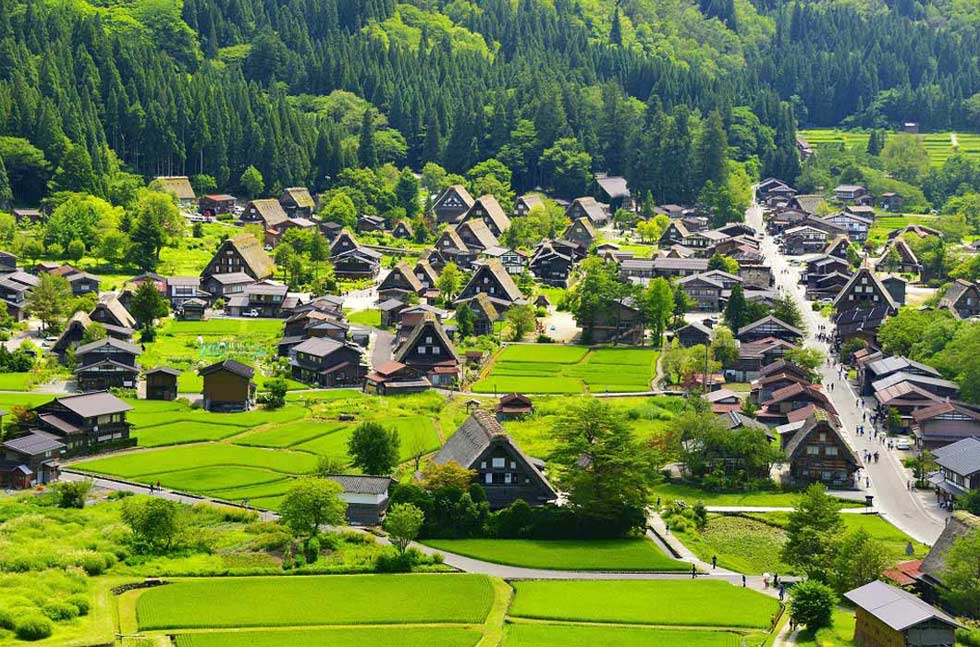Shirakawa-go Responsible Tourism
A style of traveling that respects the local lifestyles of the people.

Protecting and preserving the unique and beautiful village on our planet.
How has a beautiful village that has harmony between nature, people and life been preserved in such a deep mountainous area?
Shirakawa-go is a World Heritage village where inhabitants preserve and protect their heritage.
The reason for this one-of-a-kind beautiful place in the world is the villagers understand the value of the original Japanese Gassho-style houses, and have carefully preserved them for future generations.
Please share this unique experience of our beautiful landscape with others so it will be enjoyed forever more.
Doing your part with the villagers will ensure you an unforgettable experiences and memories.。
Page 1 of 4
What is the idea of Responsible Tourism in Shirakawa-go?
Efforts to promote responsible tourism are now accelerating in many countries around the world.
Responsible tourism is a new style of tourism that reduces the environmental, cultural and social impact on tourist destinations.
All of us living in Shirakawa-go cherish the harmony between nature, daily life and tourism.
We would like Responsible Traveler to join us in creating a circle of greater harmony.
Be a Responsible Traveler, one who practices Responsible Tourism.
Page 2 of 4